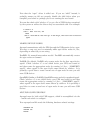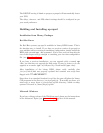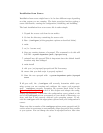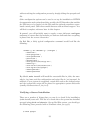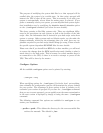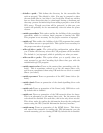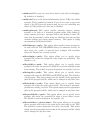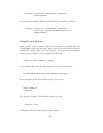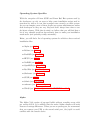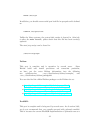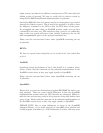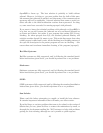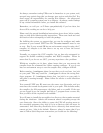—with-nis-port=<port> This option allows you to specify what port
apcupsd will use for the Network Information Server (the CGI pro-
grams). The default is system dependent but usually 3551 because
that port has been officially assigned to apcupsd by the IANA. This
option simply sets the appropriate port in the apcupsd.conf file, which
can be changed at any later time.
—with-nisip=<IP-Address> This option allows you to specify the
value that will be placed on then NISIP directive in the configura-
tion file. The default is 0.0.0.0. No checking is done on the value
entered, so you must ensure that it is a valid IP address.
—with-net-port=<port> This option allows you to specify what port
apcupsd will use for Master and Slave communications. The default
is system dependent but usually 6666. This option simply sets the
appropriate port in the apcupsd.conf file, which can be changed at
any later time.
—with-upstype=<type> This option allows you to specify the type
of UPS that will be connected to your computer. The default is:
smartups. This option simply sets the appropriate UPS type in the
apcupsd.conf file, which can be changed at any later time.
—with-upscable=<path> This option allows you to specify what cable
you are using to connect to the UPS. The default is: smart. This
option simply sets the appropriate UPS cable in the apcupsd.conf file,
which can be changed at any later time.
—disable-install-distdir This option modifies the apcupsd Makefiles dis-
able installation of the distribution (platform) directory. Generally,
this used to do a full installation of apcupsd except the final modifica-
tion of the operating system files (normally /etc/rc.d/halt, etc.). This
is useful if your operating system is not directly supported by apcupsd
or if you want to run two copies of apcupsd on the same system. This
option can also be used by those of you who prefer to manually reboot
your system after a power failure or who do not want to modify your
system halt files.
Recommended Options for most Systems
For most systems, we recommend the following options:
38



